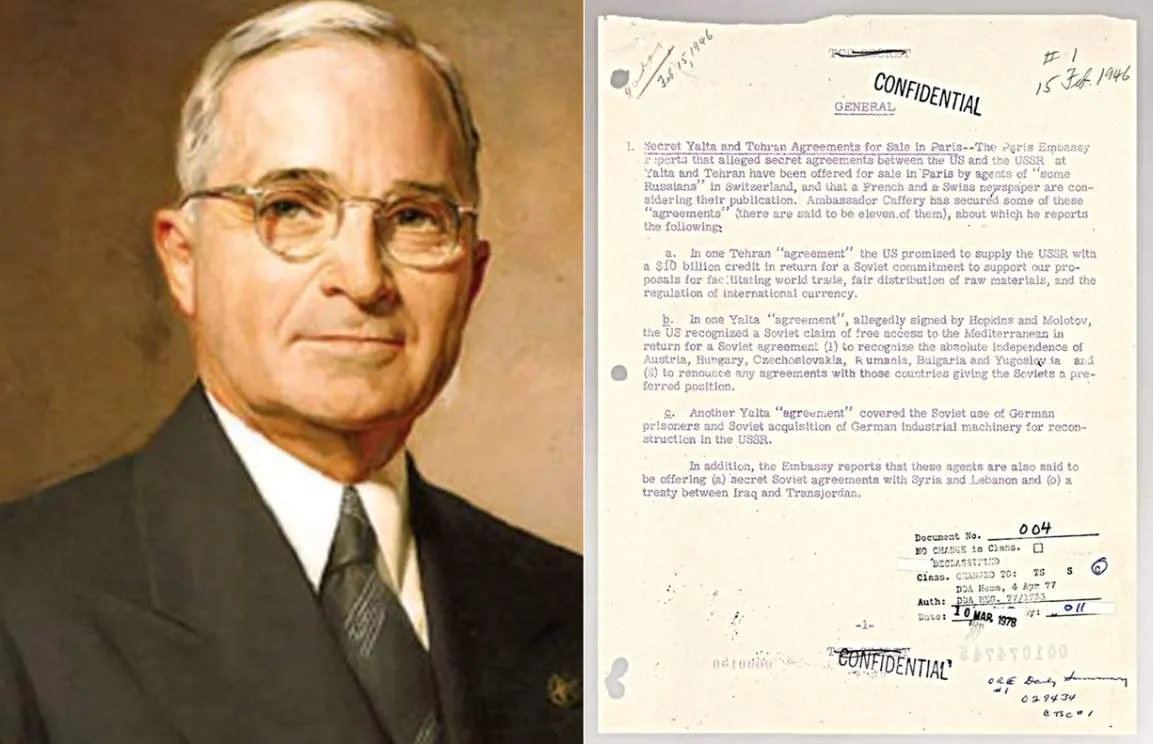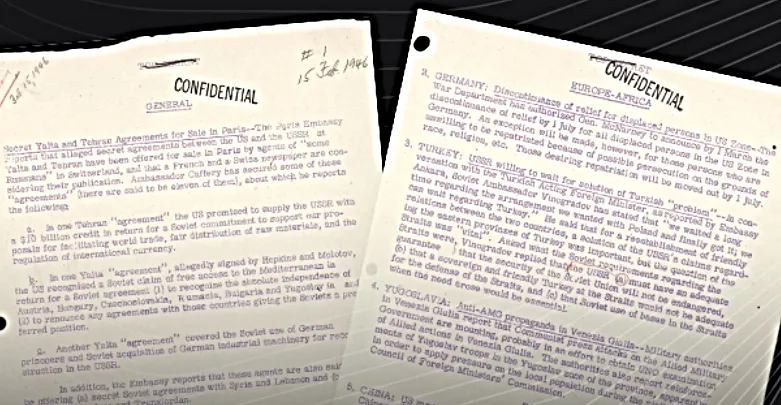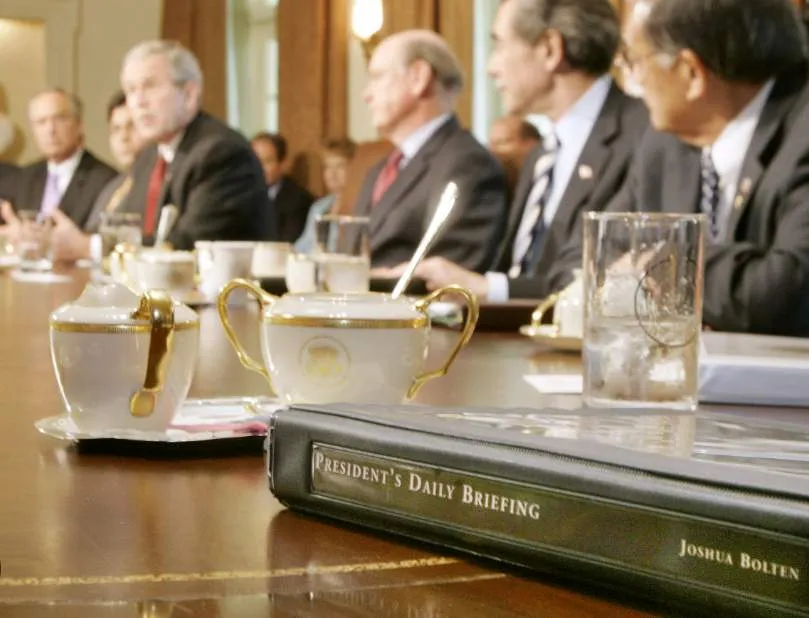President’s Daily Brief Secrets: CIA Reveals the First Presidential Summary
Decades before the Presidential Daily Brief became a morning fixture in the diaries of D.C.’s most powerful politicians, President Harry S. Truman demanded his intelligence officers draw up The Presidential Summary.
Truman, annoyed at the contradictory post-WWII intelligence reports, tasked the CIA and its immediate predecessor, the Central Intelligence Group (CIG), with providing a synthesized daily briefing on the latest foreign intel. The first summary arrived in February 15, 1946.

"The brand new social experience where you activate your gaming skills as you train like a spy."
- TimeOut
Take on thrilling, high-energy espionage challenges across different game zones.

US Spies & Strategic Intelligence
The first Summary was the start of a new mission for the CIA. From now on, they'd be providing strategic warnings to America’s highest leader. Truman's request established a tradition and daily intelligence briefings have continued for every president who followed.

The first Summary describes secret Yalta and Tehran agreements and an embassy report about a secret Soviet agreement with Syria and Lebanon, along with developments in Iraq, Germany, Turkey, Yugoslavia, and China.
Truman's successor, Eisenhower, typically began every day of his administration with an intelligence briefing based on The Presidential Summary received from the CIA during the night. At that point, it also included the gist of messages exchanged with the State Department as well as important communications and actions from the Department of Defense.
Over the years, the Summary evolved and expanded to meet the needs of each president. In 1961, the Kennedy White House felt overwhelmed by the sheer number of intelligence publications it received - some of them duplicates. As a result, the ‘President's Intelligence Check List’ was born, PICL (pronounced Pickle), which was renamed the President's Daily Brief during the Johnson administration.
During the Clinton presidency, the PDB was 9-12 pages long. During G.W. Bush's term, it was a series of one or two-page articles totaling a dozen pages or so - sometimes longer - and printed on heavy paper and enclosed in a leather binder.

The 'Crown Jewel' of intelligence
In 2014, the PDB transitioned from print to electronic delivery at the request of President Barack Obama. Most PDBs - even those from many years past - remain classified although the CIA has declassified and released thousands of PDBs (or PDB predecessors) from the administrations of Kennedy, Johnson, Nixon, and Ford.
Today’s PDB is considered the ‘crown jewels’, top intelligence distilled for the eyes of the US president and his most trusted advisers. Originally an entirely CIA product, it is now assembled under the auspices of the Director of National Intelligence (DNI) but with the CIA doing most of the work.
SPYSCAPE+

Join now to get True Spies episodes early and ad-free every week, plus subscriber-only Debriefs and Q&As to bring you closer to your favorite spies and stories from the show. You’ll also get our exclusive series The Razumov Files and The Great James Bond Car Robbery!


Gadgets & Gifts
Explore a world of secrets together. Navigate through interactive exhibits and missions to discover your spy roles.
Your Spy Skills
We all have valuable spy skills - your mission is to discover yours. See if you have what it takes to be a secret agent, with our authentic spy skills evaluation* developed by a former Head of Training at British Intelligence. It's FREE so share & compare with friends now!
* Find more information about the scientific methods behind the evaluation here.


Stay Connected
Follow us for the latest
TIKTOK
INSTAGRAM
X
FACEBOOK
YOUTUBE